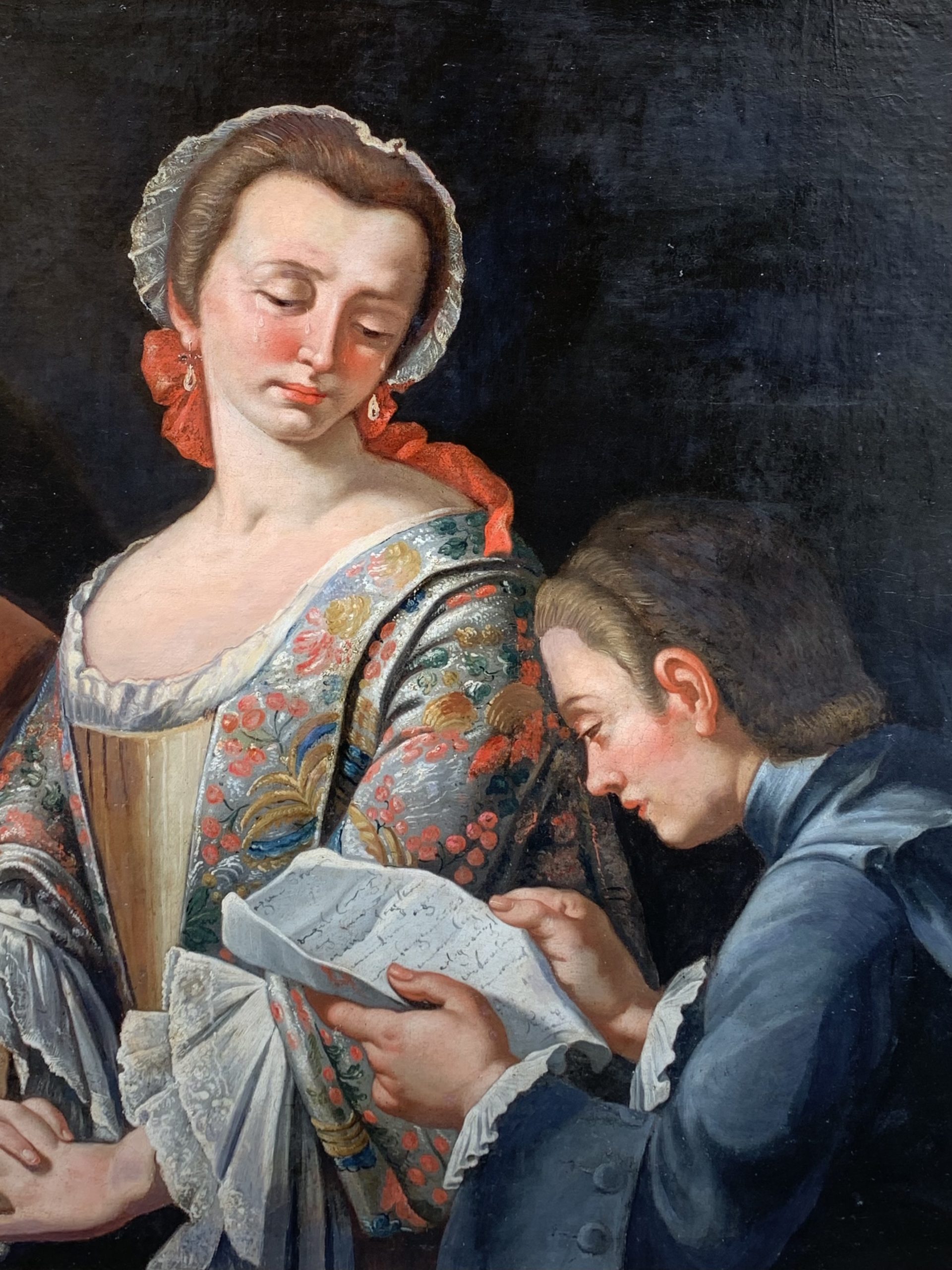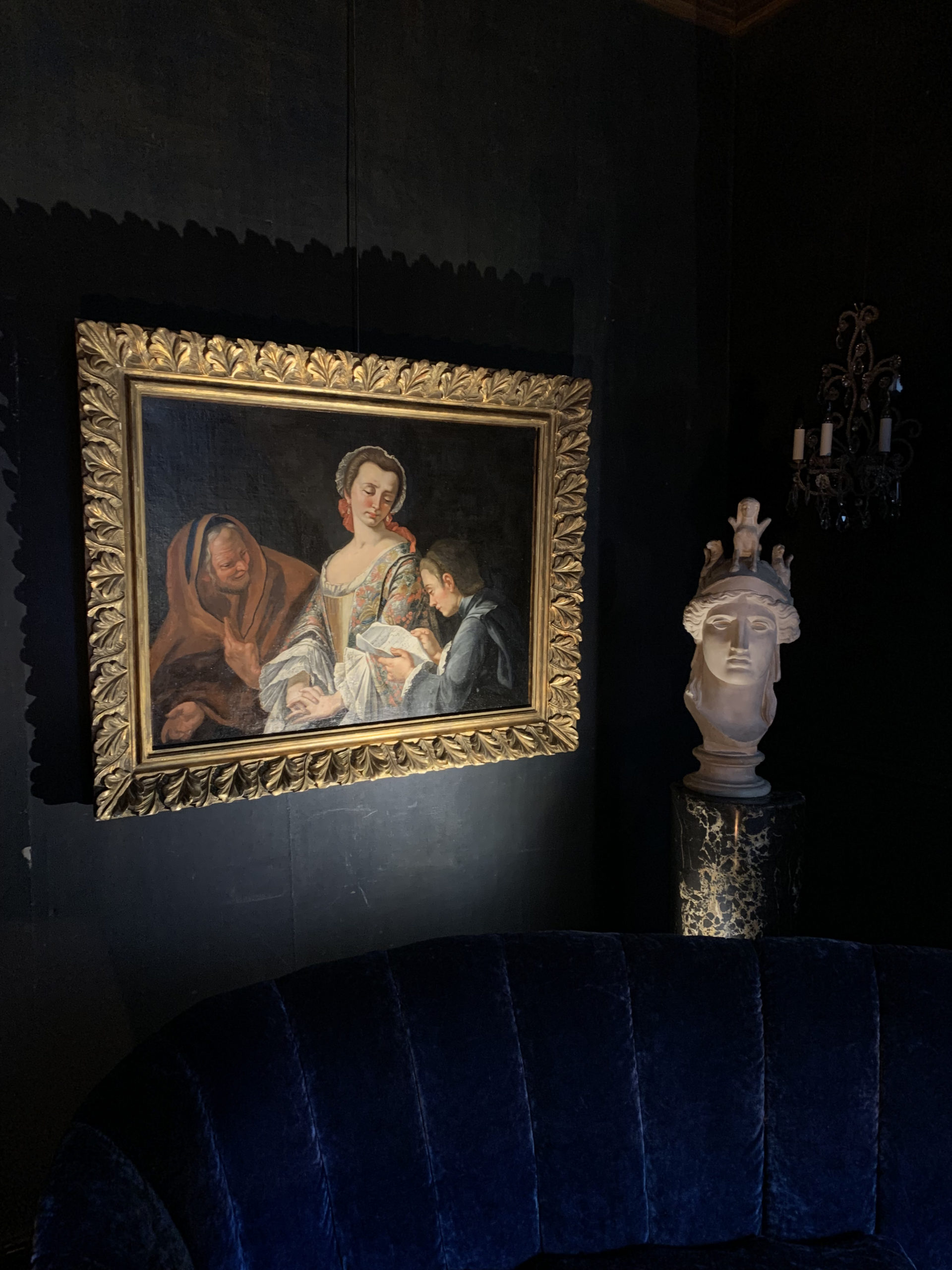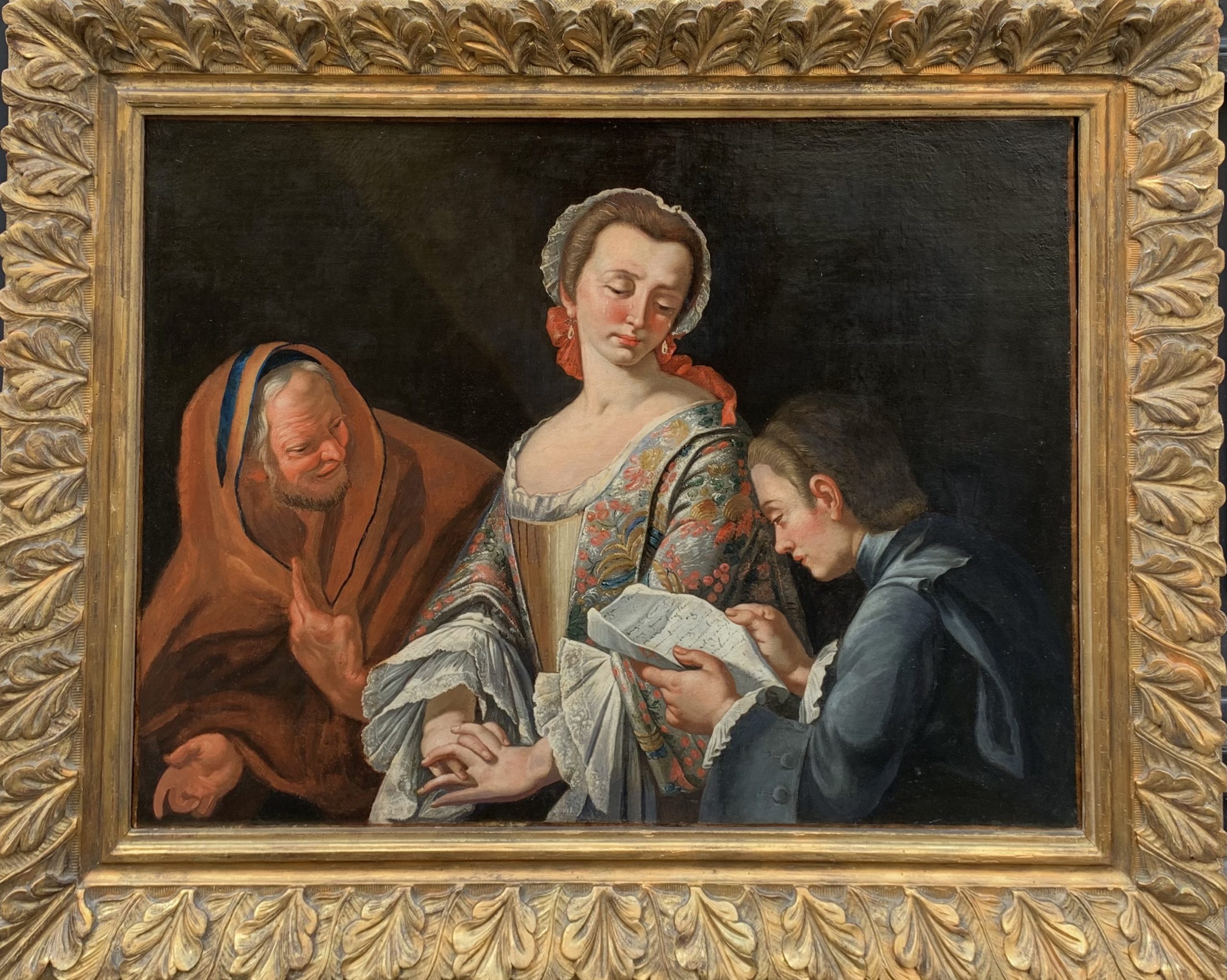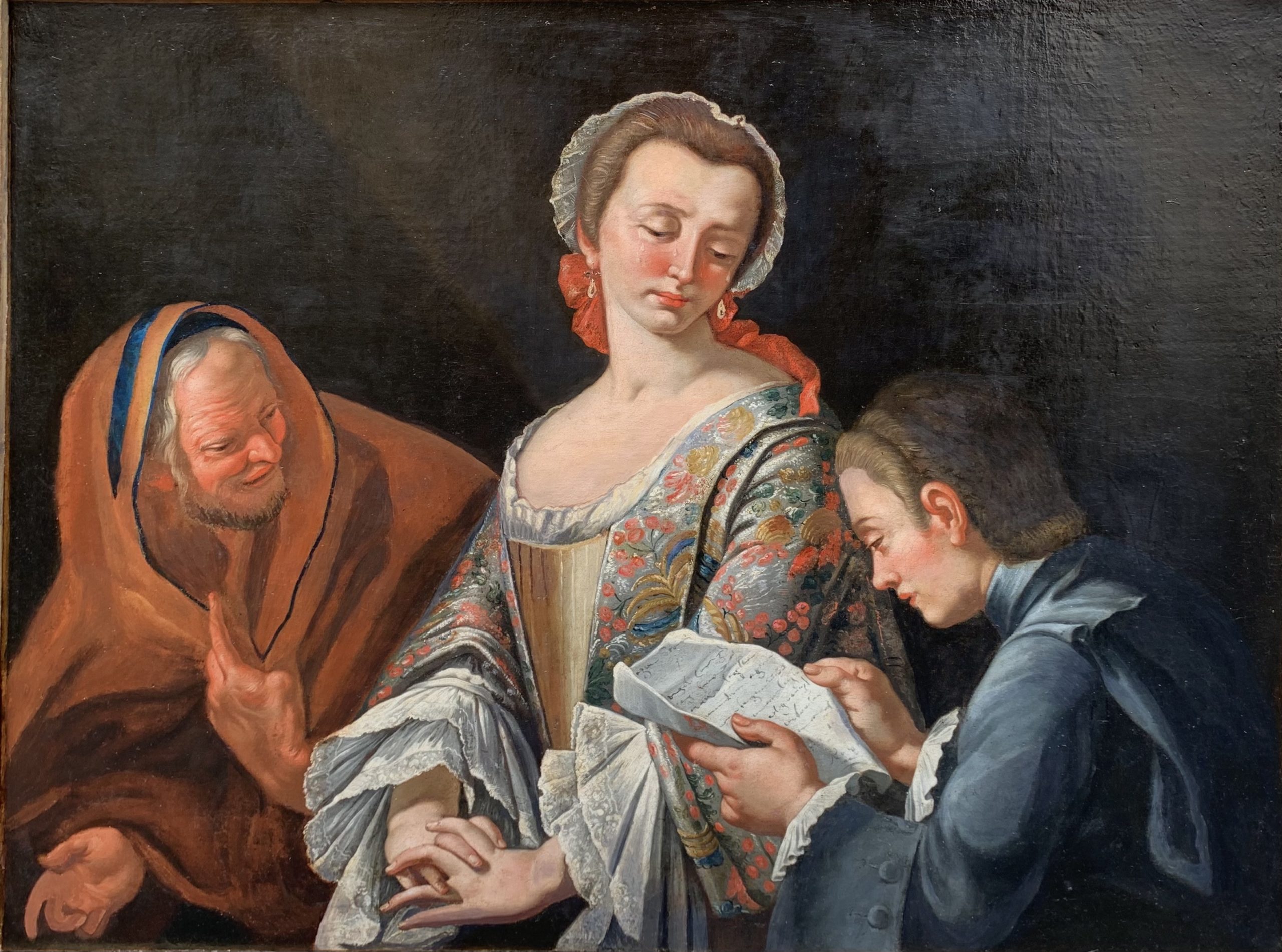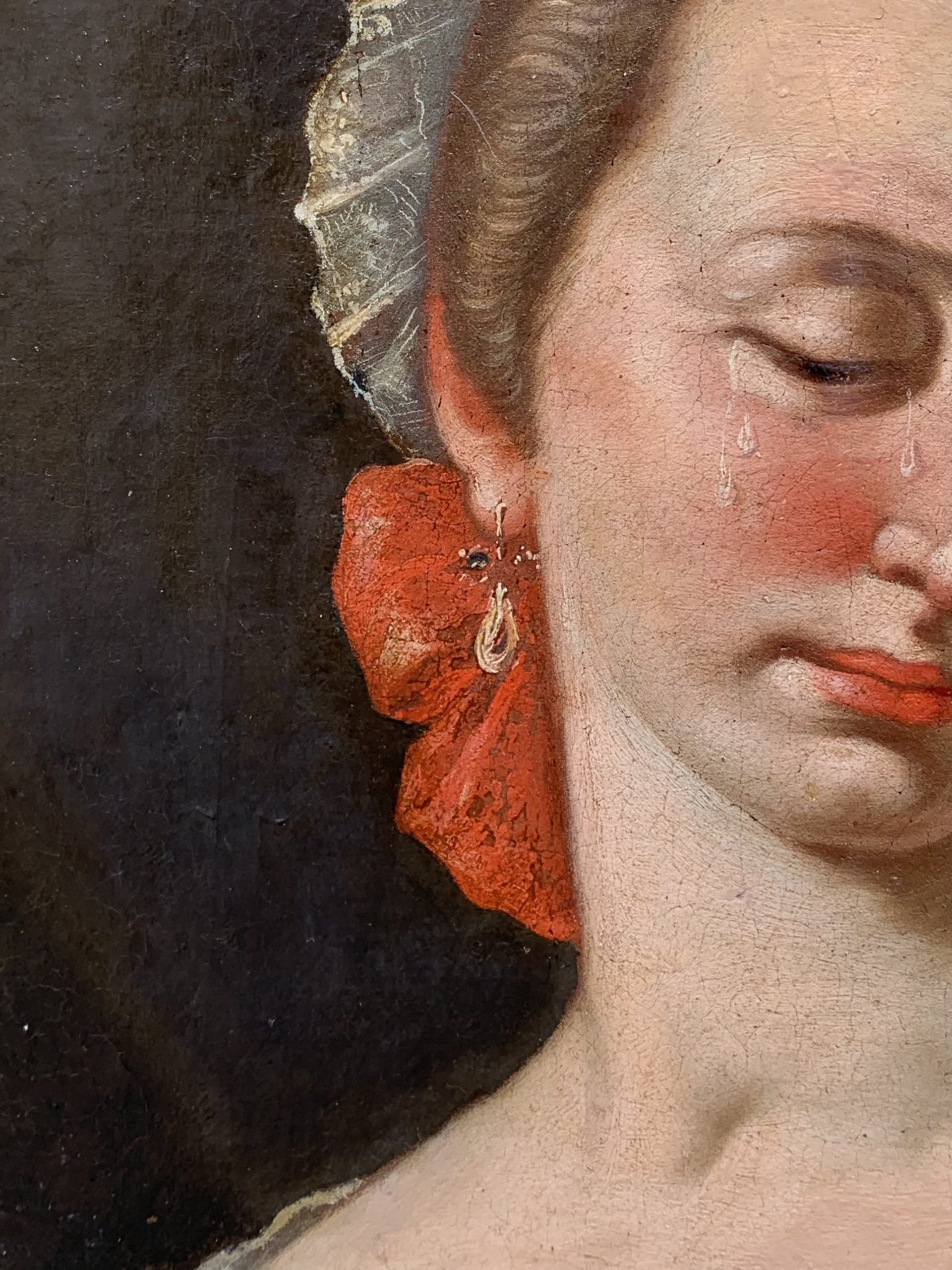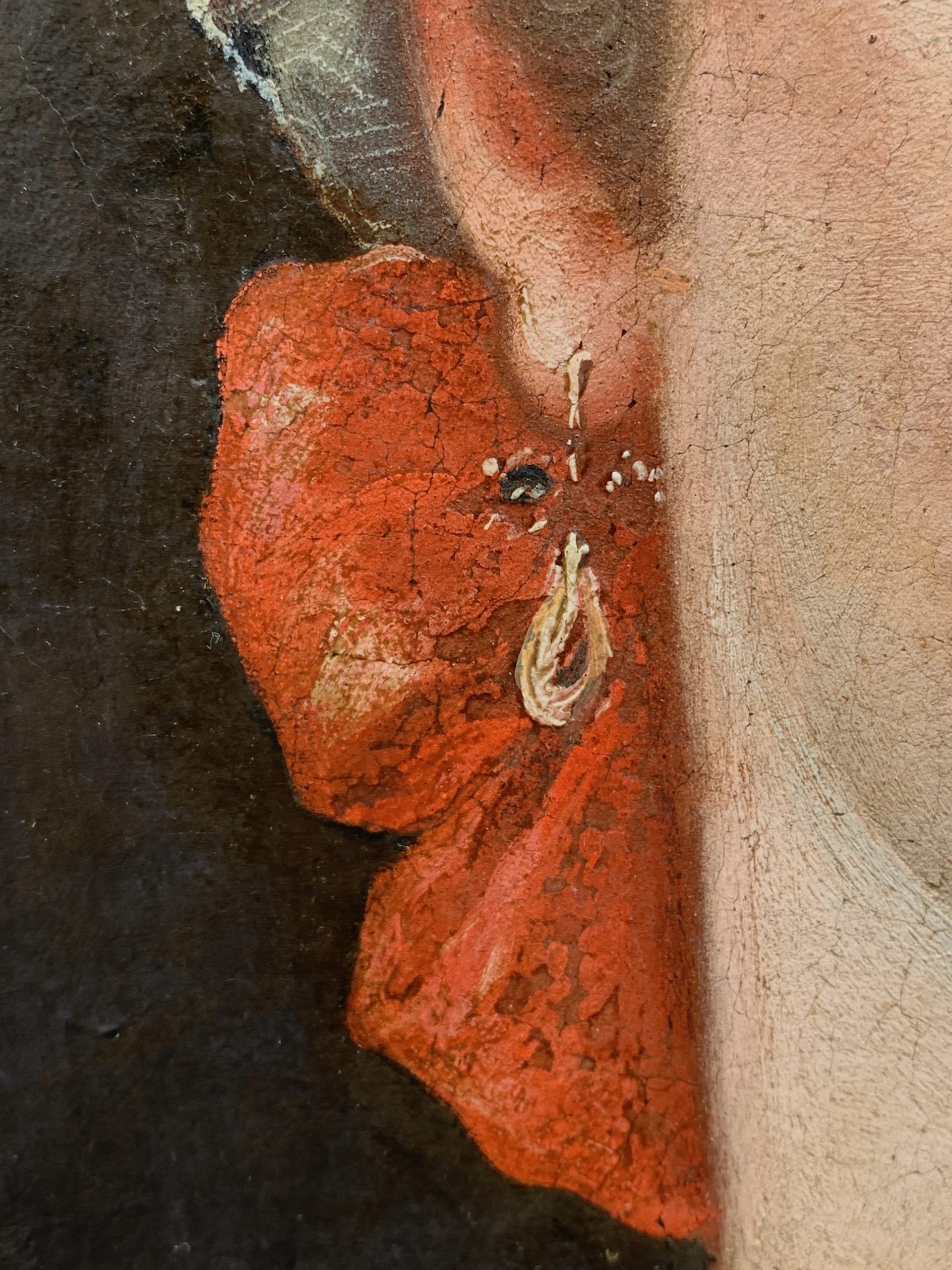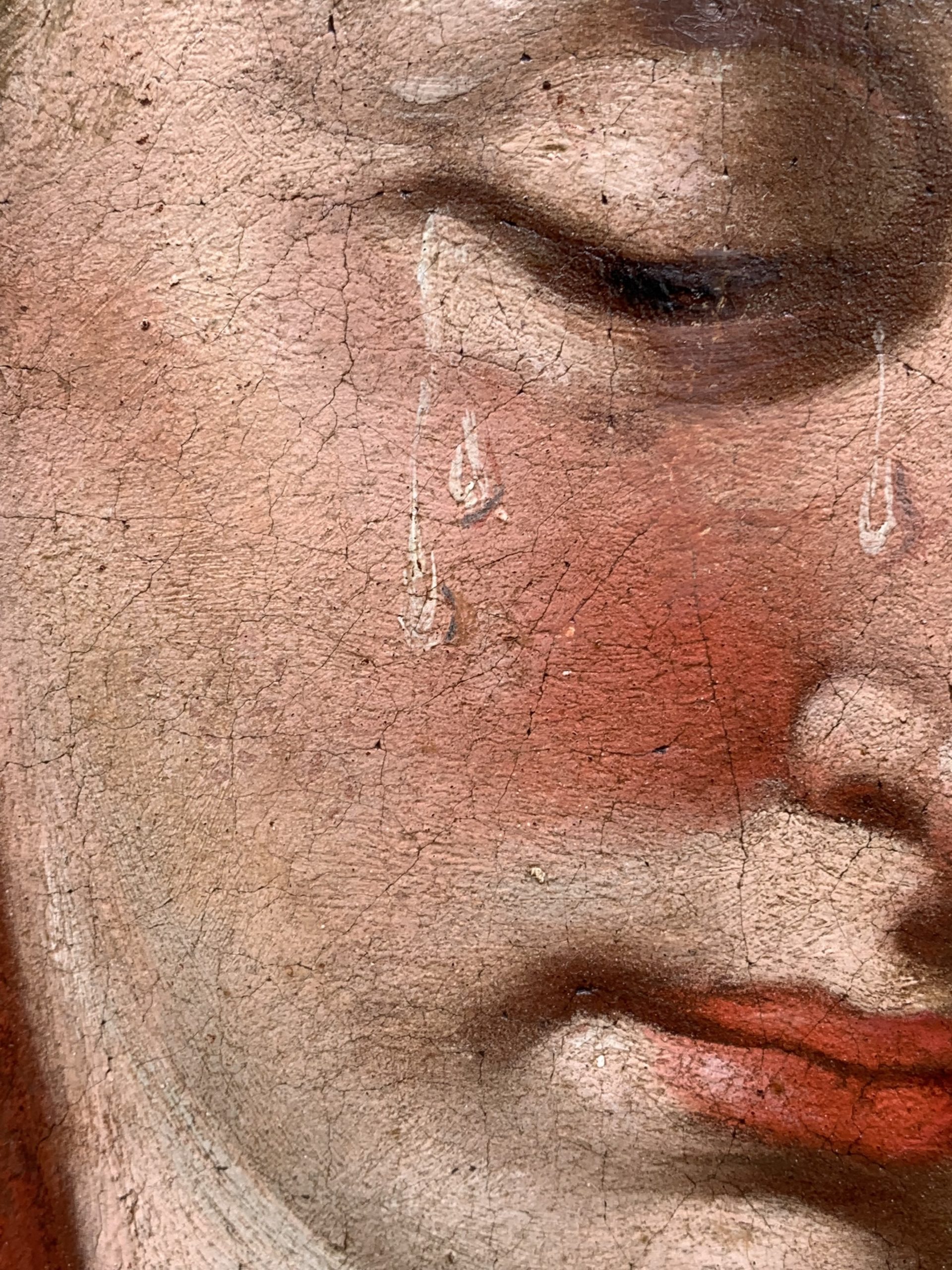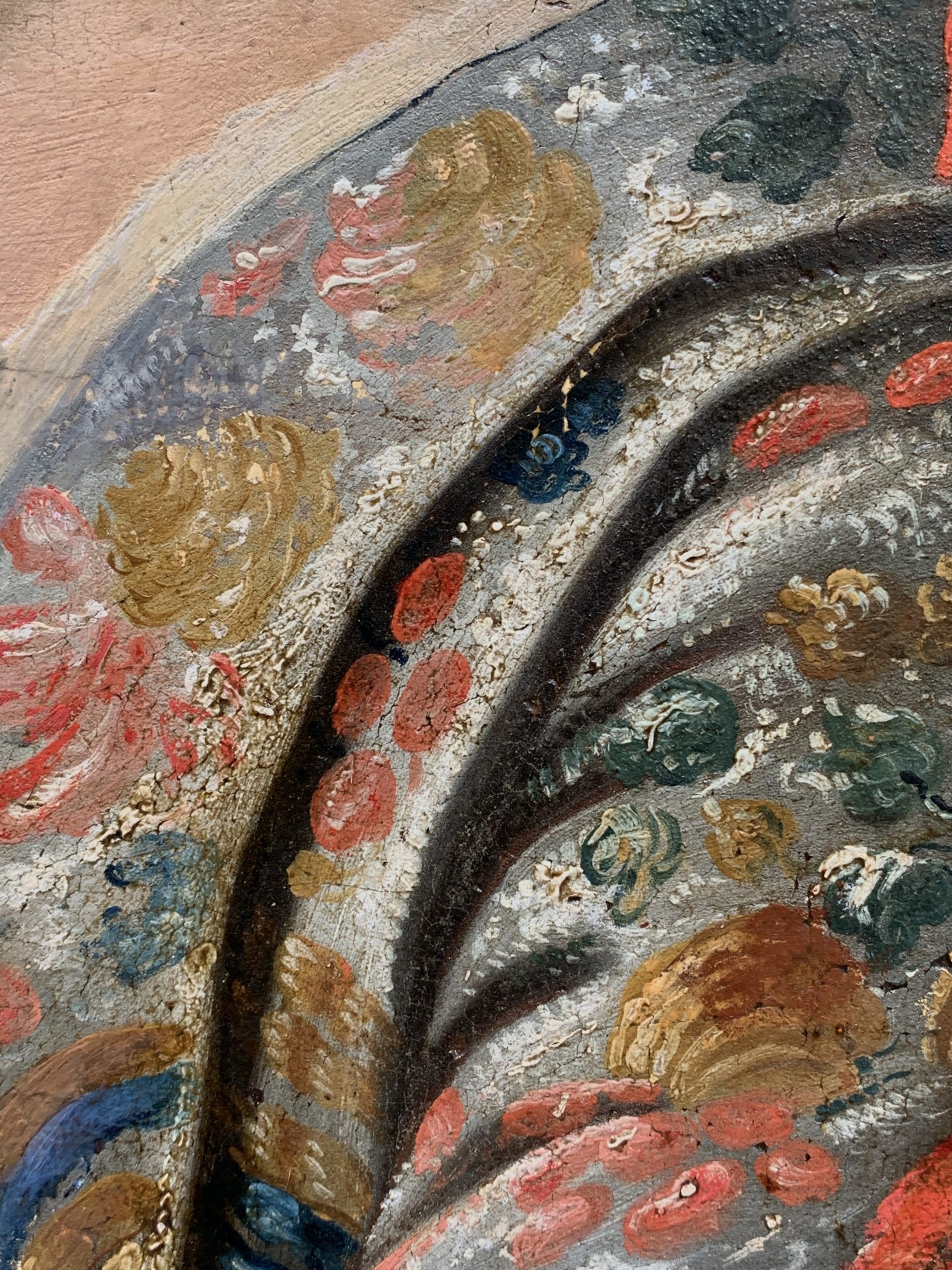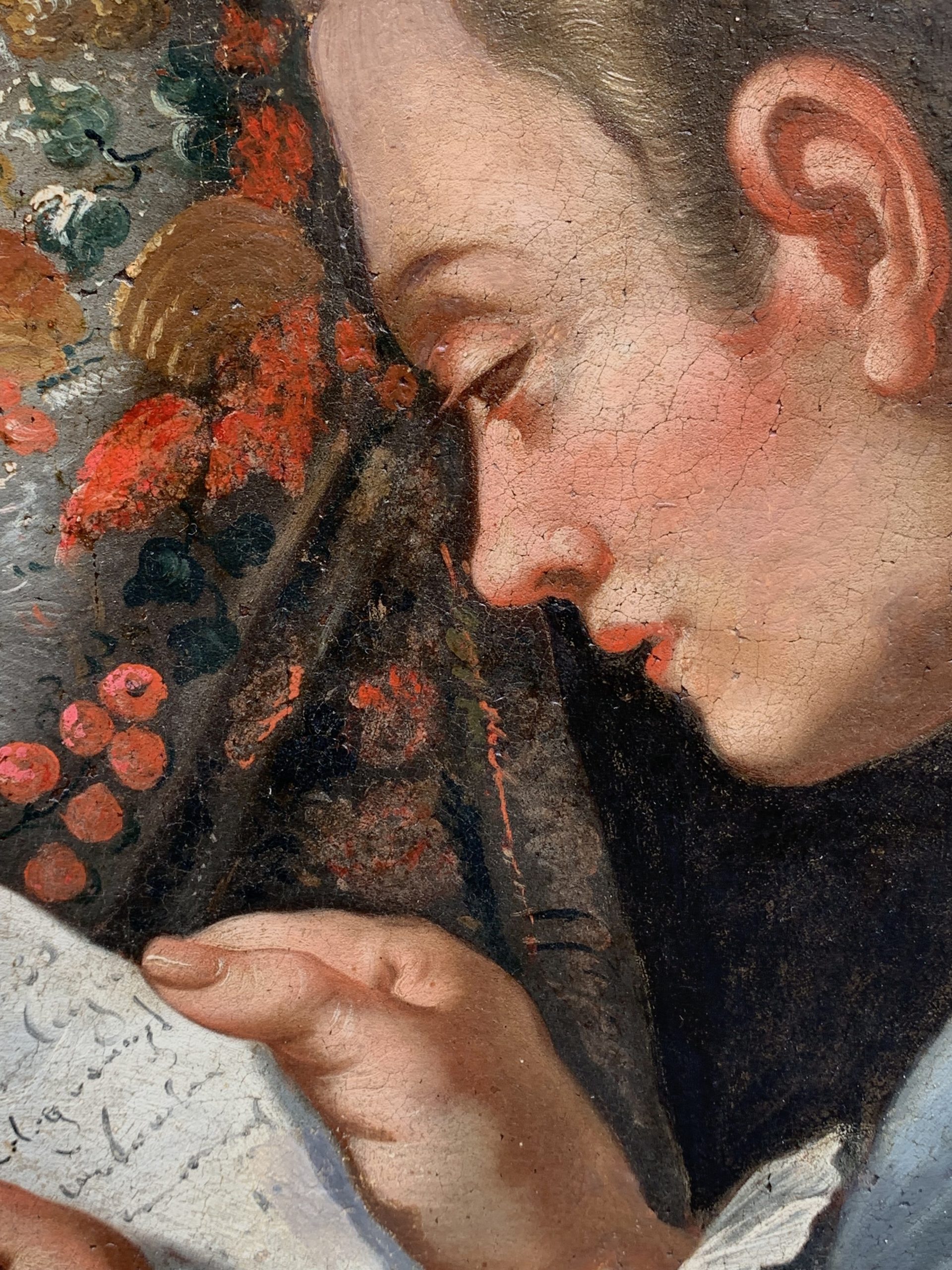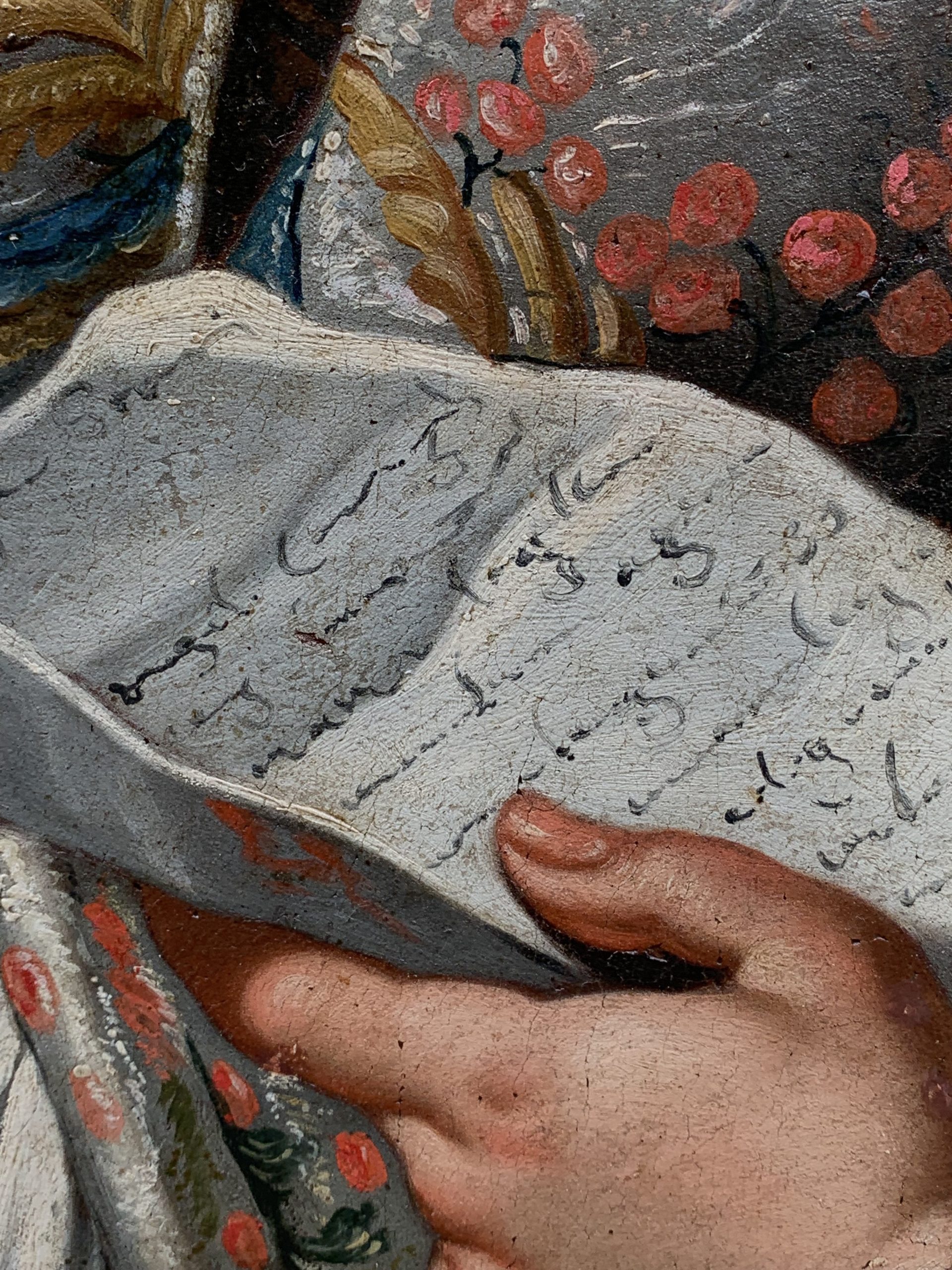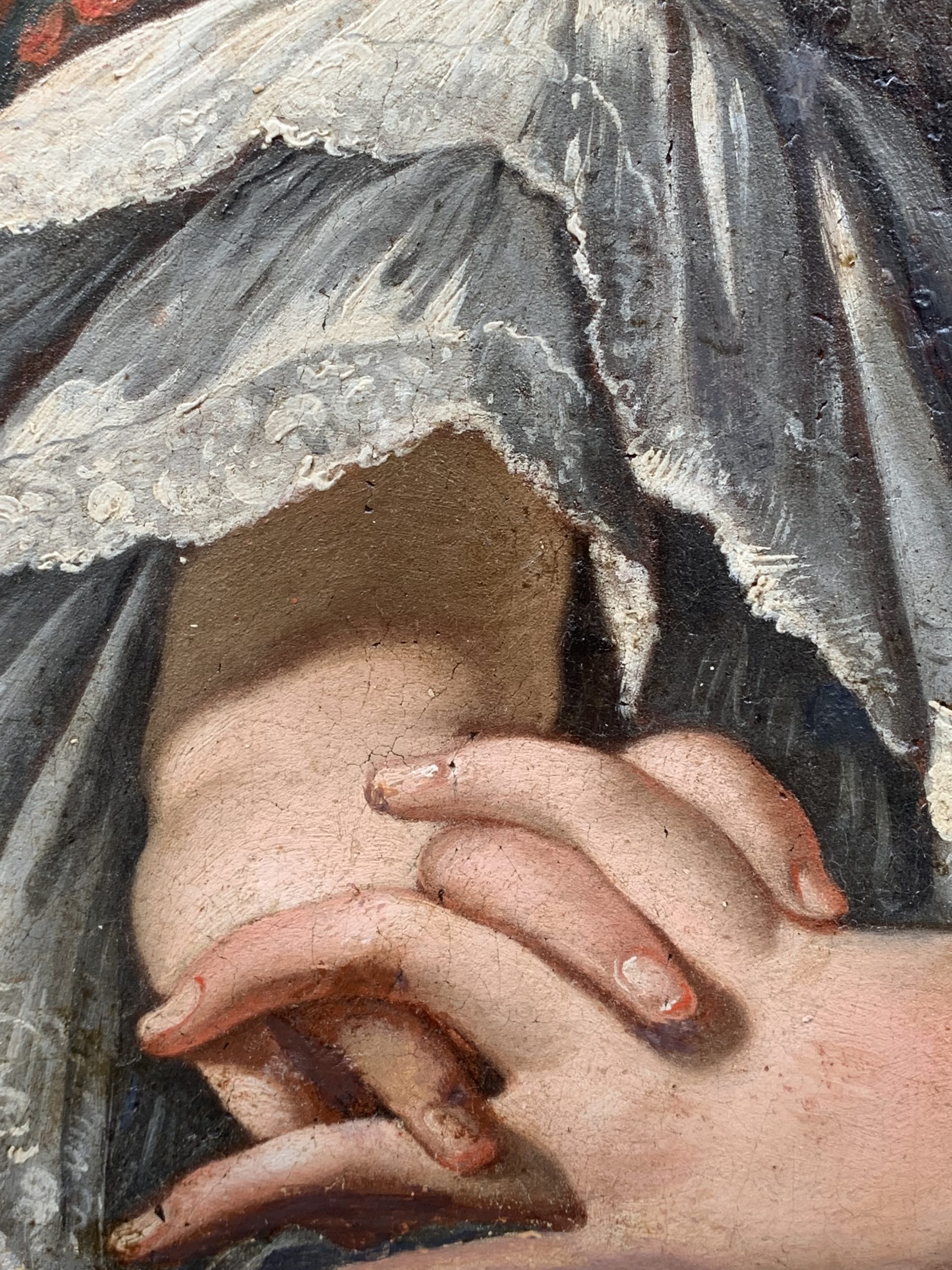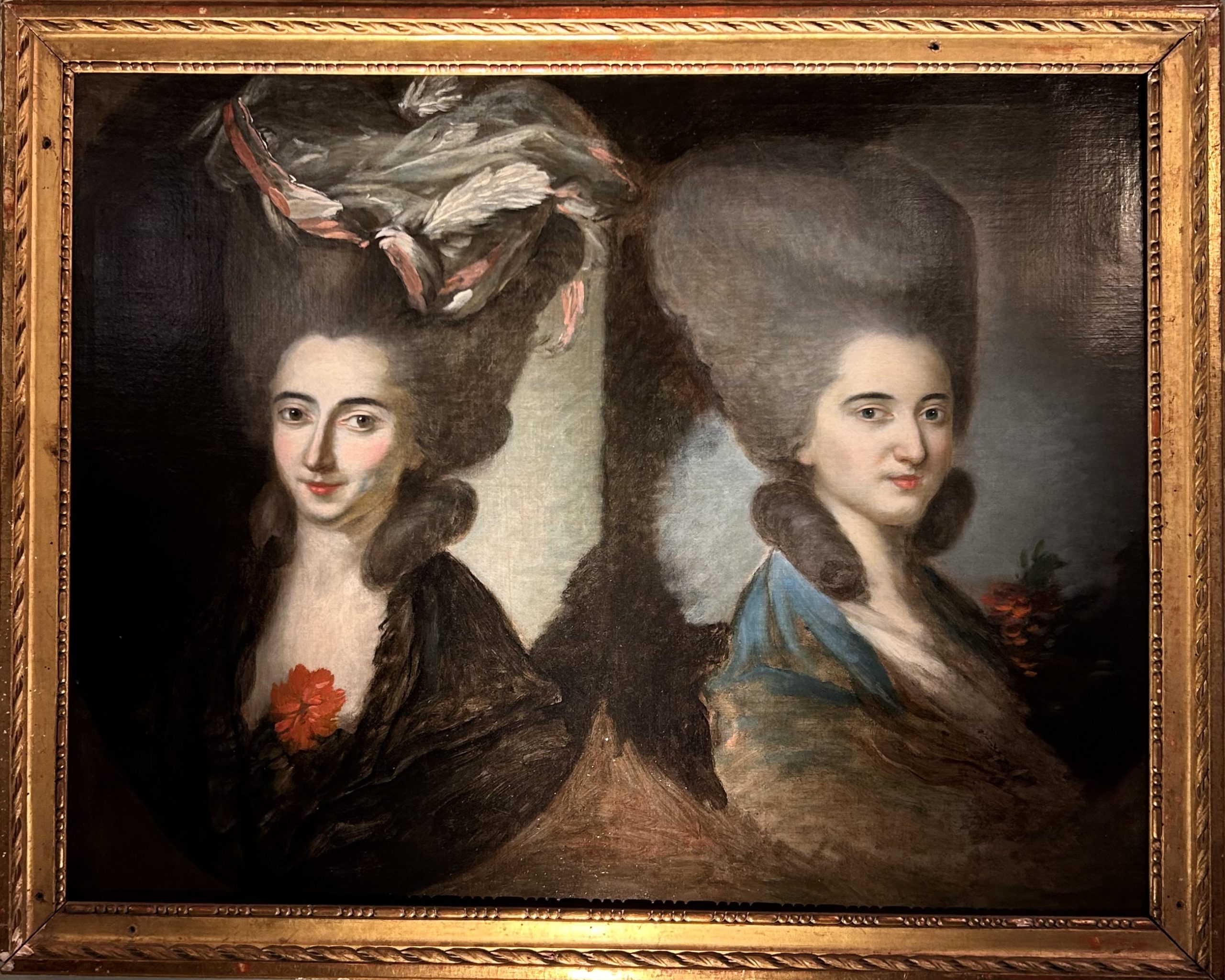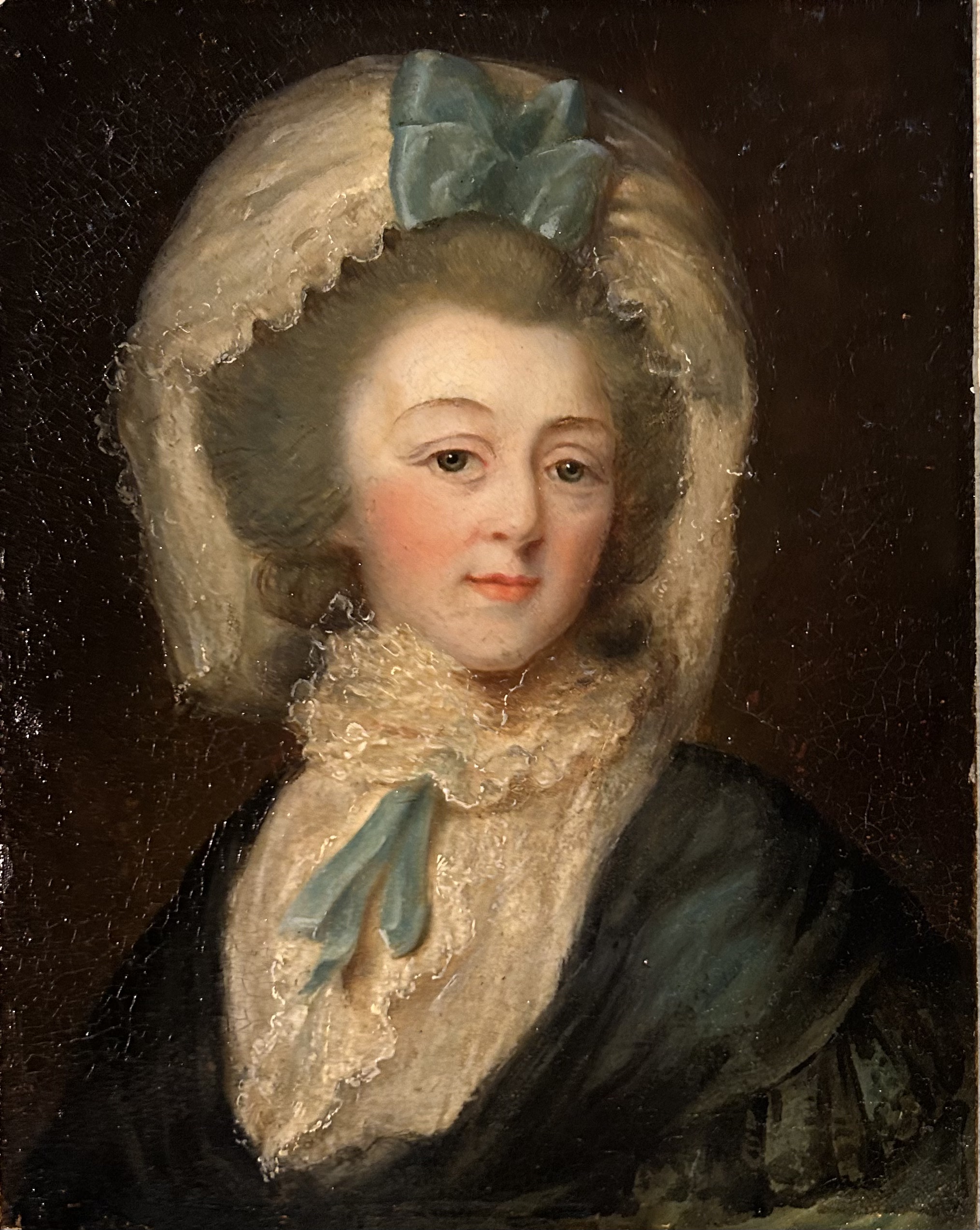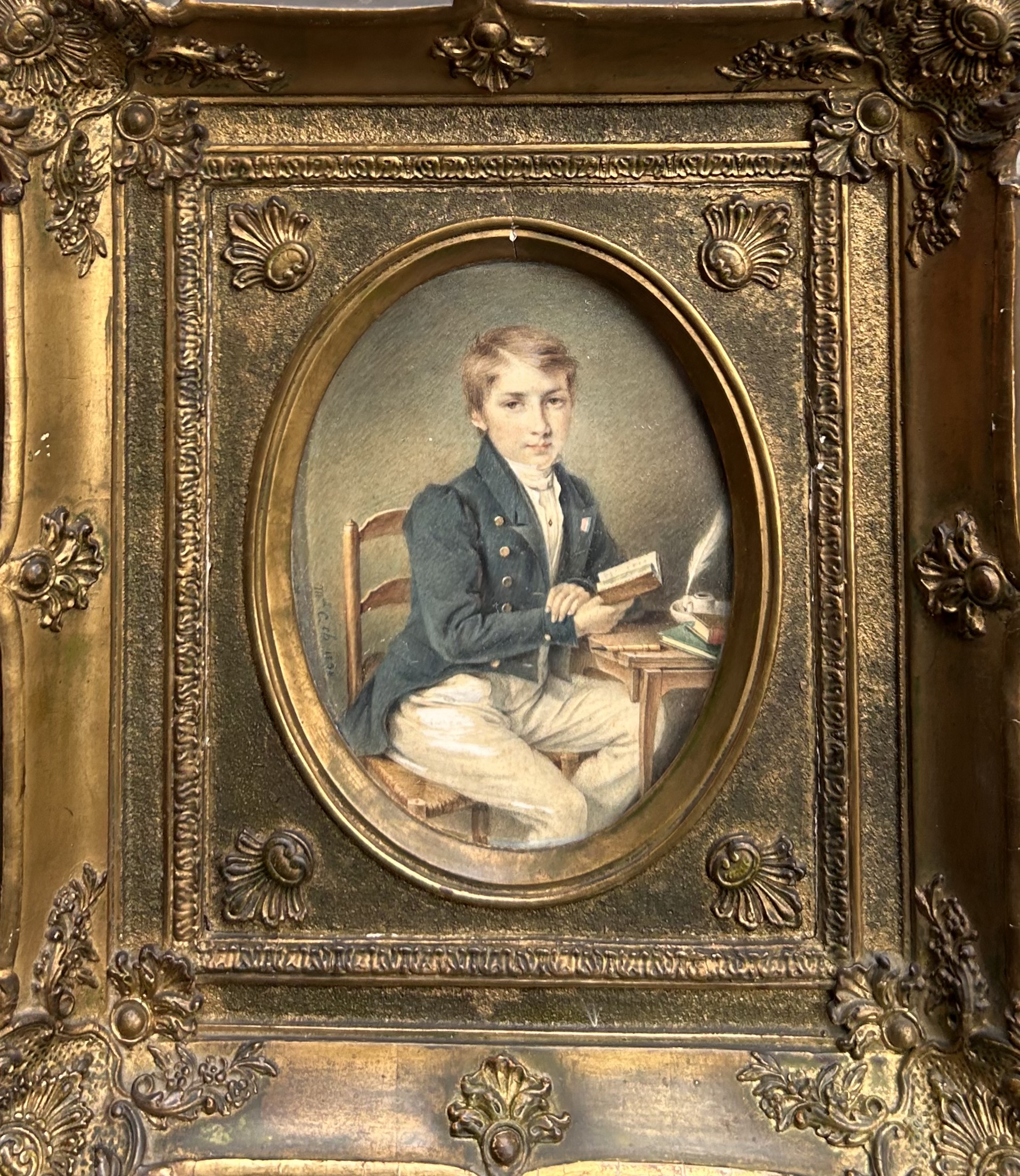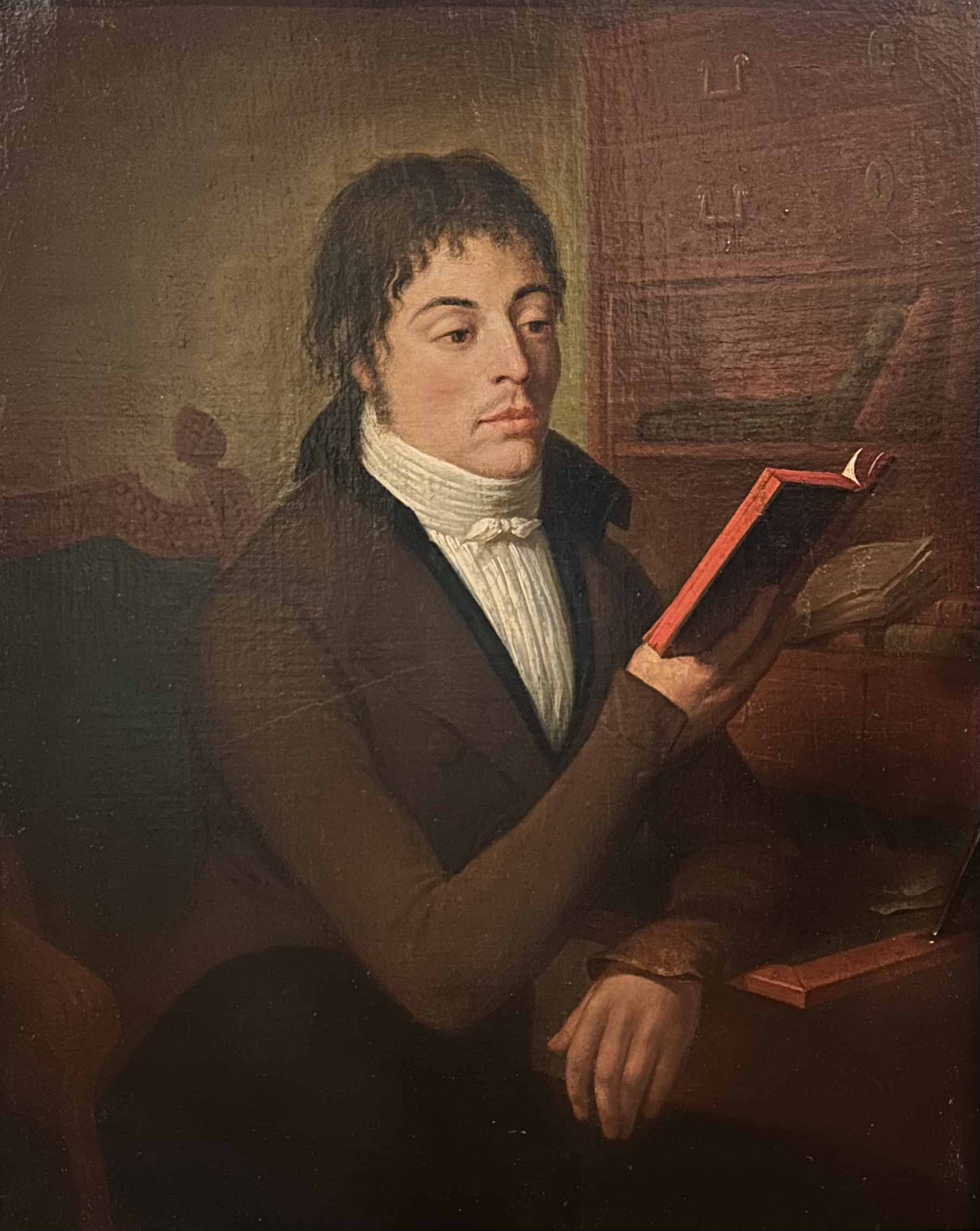Oil on canvas, genre scene. It is probably about Suzanne Simonin, the narrator of Denis Diderot’s memoir “La Religieuse”. The novel was started in 1760 from a hoax. The text was serialized between 1880 and 1882 and appeared in printed form posthumously in 1796. The 16-year-old girl is locked up against her will in several convents because she is an adulterous daughter and cannot claim a dowry to marry, like her legitimate sisters. The Nun is an ode to the freedom to choose one’s destiny.
The scene presented: “It was Father Séraphin, my mother’s manager; he had also been mine; so he had no difficulty explaining to me the reason for his visit: it was to ask me to take the habit. I protested against this strange proposition; and I clearly declared to him that I felt no liking for the religious state. “Too bad,” he said to me, “for your parents stripped themselves for your sisters, and I no longer see what they could for you in the narrow situation to which they have reduced themselves. Think about it, mademoiselle; you must either enter this house forever, or go to some provincial convent where you will be received for a modest pension, and from which you will not leave until the death of your parents, which may be keep waiting a long time… ”I complained bitterly, and I shed a torrent of tears.
In the 18th century, princes and kings asserted their sovereign power and sought to interfere in the internal affairs of monasteries as well as in the family sphere. The family being the basic unit of society, the king’s desire to ensure domestic order is a means of establishing his sovereignty and of ensuring that public order is maintained. When children refuse to comply with paternal marriage and career decisions, “family peace” and public peace are said to be threatened. To allow parents to exercise coercive rights over their children, recourse to the king’s orders to imprison or lock up disobedient children increased during the 18th century. It is for this reason that we see the lettre de cachet in the hands of the male character (also called a closed letter or closed letter) which is, under the Ancien Régime in France, a letter used for the transmission of a particular order of the king, for example allowing incarceration without trial, exile or even the internment of people deemed undesirable by the authorities. Letters of cachet, whose expression dates back to the sixteenth century, but whose origin is more distant are letters which bear the signature of the king (even if they are not of his hand) and that of a secretary of State, and which are sealed because they should only be read by the recipient.
Rentoilé, carved and gilded wooden frame.
18th century.
Italian school, entourage of Giuseppe Bonito.
Height without frame: 70 cm, with frame: 100 cm.
Width without frame: 100, with frame: 130 cm.

